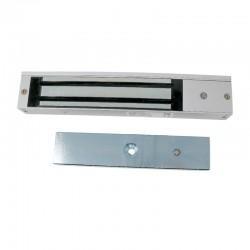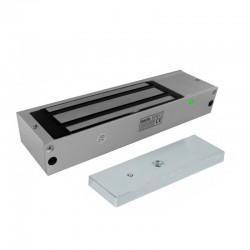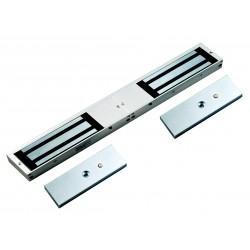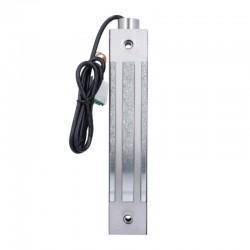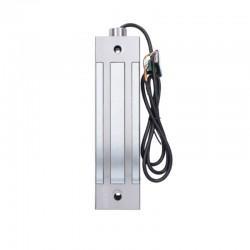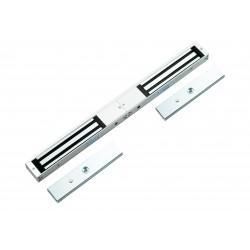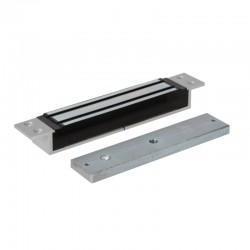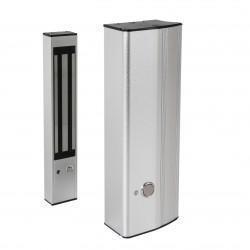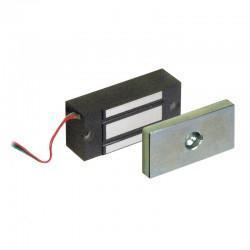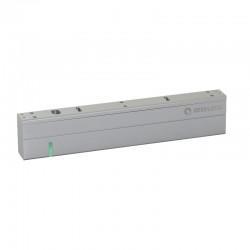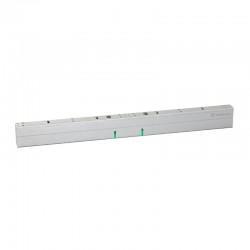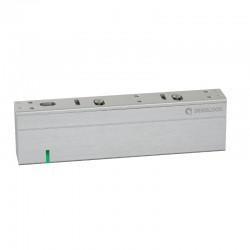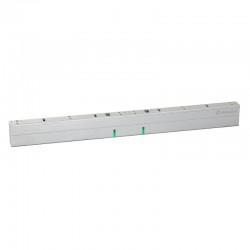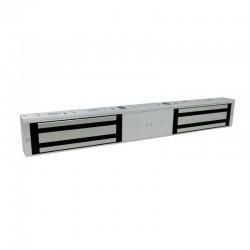Maglocks
Door and Gate Maglocks for Secure and Reliable Locking
Secure your facility with magnetic door locks, the ideal electric locking solution for controlled access and effective entry management. Utilising electromagnetic locking technology, these robust locks ensure reliable performance without moving parts, making them particularly durable and suitable for frequent-use applications.
Comprehensive Range of High-Quality Maglocks
Explore our collection including trusted brands like Adams Rite maglocks and RGL maglocks, designed for consistent performance across a variety of doors. With options covering single and double doors, and external gates, these maglocks accommodate diverse security requirements.
- 12V maglock and 24V maglock options are available, ensuring compatibility with various access control systems.
- Available with different holding forces, from the AEM200 36kg cabinet lock, to standard 300kg maglocks, up to 2 x 545kg double ML 1200 maglocks - ideal for robust door security.
- Accessories for wide ranging applications include bracketry for inward and outward opening doors, and safety strap kits for secure secondary fixing for surface mounted models.
Key Benefits of Maglock Door Entry Systems
- Highly Durable: Featuring no moving parts, our electromagnetic lock solutions are inherently robust, resisting wear even in high-usage applications.
- Fail-Safe Operation: Maglocks are inherently fail-safe. They automatically unlock upon power loss, ensuring safe egress in emergencies and compliance with safety regulations.
- Easy Installation and Retrofit: Designed to be surface mounted, maglocks can be quickly fitted to new or existing doors, offering an accessible and budget-friendly physical security solution.
- Adaptable Installation: Use a variety of maglock brackets, such as Z&L brackets and architectural armature housings, for precise and secure mounting to inward and outward opening doors.
Secure Your Doors and Gates with Access Control Maglocks
Maglocks provide exceptional flexibility and security for multiple door types and locations, including:
- Single and Double Doors: Whether securing a single door or pair of doors, maglocks ensure consistent holding force and controlled access. Specific double units are available, like the Adams Rite 281 double maglock, either monitored or unmonitored.
- External Gates: Particular external maglock options provide reliable outdoor security, effectively securing external access points despite varying weather conditions. Read our gate maglock comparison guide for more details.
- Fire-Rated Doors: Achieve fire safety compliance with tested fire rated maglock models, installed with the appropriate maglock armature plate to preserve door integrity. Connected to the fire alarm, when the power is cut, the maglocks will release to allow free egress, delivering peace of mind for users, facility managers, and responsible persons.
- Slimline Options: Slimline maglocks deliver discreet yet effective security, ideal for narrow doors and tight installations. Units like the AEM20002 Deedlock maglock are also tested to TS010:2019, and fire rated when fitted with intumescent.
- Versatile Applications: Maglocks are available to suit both metal and timber door installation, surface mounting or morticed for a range of door types. Different finishes are also available to match other items of door hardware.
Maglock Kits for Easy Integration
Simplify your security setup with complete maglock kits, including essential components for quick and effective installation:
- Comprehensive access control kit options provide integrated solutions combining maglocks with keypads, proximity readers, or other entry management systems.
- Each kit includes a power supply, locking device, and means of exit. Optional items include an activation device, including touch-free exit.
- Single and double door maglock kits are available, with fire rated versions for 30-minute and 60-minute fire doors.
Read our guide to selecting the right maglock for help in choosing the right type for your built environment.
Key Features for Enhanced Security
Many of our maglocks come equipped with additional advanced features to ensure secure and reliable operation:
- Door Status Monitoring: Integrated LED indicators clearly signal door lock status, providing instant visual confirmation of secure locking.
- Dual Voltage Operation: Certain maglocks feature dual-voltage compatibility (12V DC and 24V DC) simplifying installation and maintenance. These electric locks are also available in AC and DC models.
- Concealed Security: Morticed maglocks provide the same holding force as their surface mounting counterparts but are hidden from view when the door is closed. These flush-fitting fail safe maglocks deliver a clean aesthetic look paired with a strong, robust locking point.
Choose Reliable Maglocks to Secure Your Doors Today
Browse our range of dependable maglocks and access control maglock kits, suitable for diverse security applications across internal doors, external gates, and high-traffic entry points. Upgrade your access control and security reliably and effectively.



